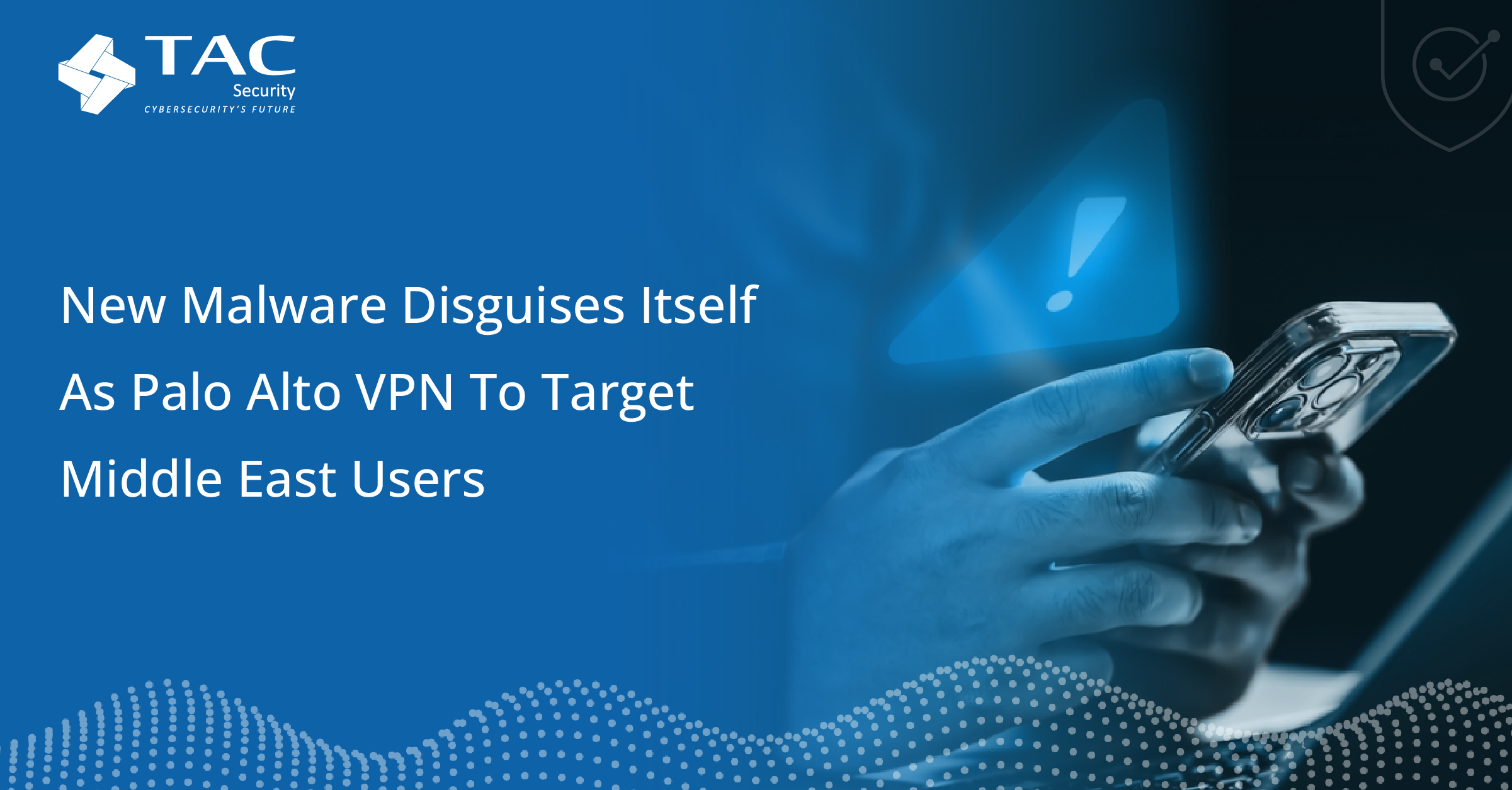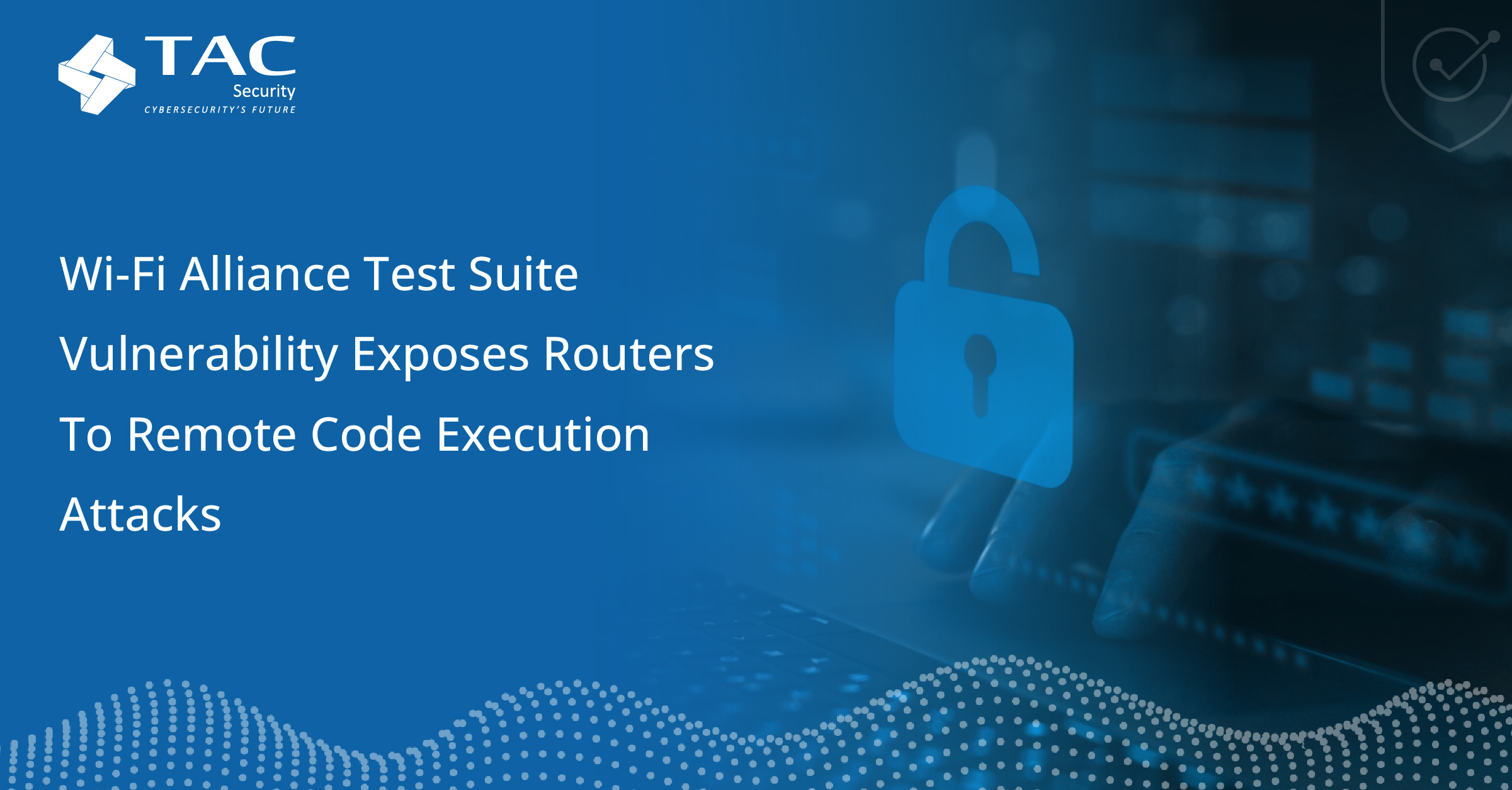New Malware Disguises Itself as Palo Alto VPN to Target Middle East Users

In a recent development in cybersecurity threats, researchers have uncovered a new malware campaign that uses sophisticated techniques to target users in the Middle East. This campaign involves malware that masquerades as the Palo Alto Networks Global Protect VPN tool, aiming to exploit unsuspecting users and infiltrate their systems.
The Threat: A Deceptive Malware Campaign
According to Trend Micro researcher Mohamed Fahmy, the malware presents a significant risk due to its advanced capabilities. The malware mimics the Global Protect VPN software, creating a convincing façade to trick users into installation. Once deployed, it can execute remote PowerShell commands, download and exfiltrate files, encrypt communications, and bypass sandbox solutions designed to detect malicious activity.
Key features of the malware include:
Two-Stage Process: The attack involves a multi-step process, starting with a setup.exe file that installs the primary backdoor component named GlobalProtect.exe. This backdoor sets up connections to command-and-control (C2) servers, pretending to be a legitimate VPN portal.
Data Exfiltration: The initial executable drops two configuration files, `RTime.conf` and `ApProcessId.conf`, which facilitate the extraction of sensitive system information, including IP addresses, operating system details, usernames, and machine names.
Evasion Techniques: The malware employs evasion techniques to avoid detection by behavior analysis tools and sandbox solutions. It does this by verifying the process file path and specific file attributes before executing its main malicious code.
Beaconing and Payload Delivery: The malware communicates with the C2 server using the Interactsh open-source project. It also downloads additional payloads and executes commands through PowerShell, all while disguising its activity within regional network traffic.
One particularly insidious aspect of this malware is its use of a newly registered URL, `sharjahconnect`, which is designed to appear as a legitimate VPN portal for a company based in Sharjah, U.A.E. This tactic helps the malware blend in with expected network traffic and enhances its evasion capabilities.
Mitigating the Threat with TAC Security’s ESOF Products
Organizations can take proactive measures to defend against such sophisticated cyber threats with the help of TAC Security’s ESOF (Enterprise Security in One Framework) products. Here’s how TAC Security’s solutions can bolster defenses:
Advanced Threat Detection: ESOF provides comprehensive threat detection capabilities that can identify and respond to sophisticated malware campaigns. By leveraging advanced analytics and threat intelligence, ESOF helps in detecting anomalies and potential threats, even when disguised as legitimate applications.
Vulnerability Management: Regular vulnerability assessments offered by ESOF can help identify and address weaknesses in your systems that may be exploited by malware. Timely updates and patches are crucial to minimizing the risk of such infections.
Incident Response: In the event of a malware attack, ESOF’s incident response tools enable rapid detection, analysis, and mitigation of security incidents. This includes isolating affected systems, removing malware, and restoring normal operations.
Security Automation: By automating routine security tasks and responses, ESOF reduces the manual effort required to manage threats and improves response times, which is critical for dealing with fast-moving attacks like the one described.
Conclusion
The emergence of malware that disguises itself as a trusted VPN tool underscores the need for vigilant cybersecurity practices. With sophisticated evasion techniques and the ability to bypass traditional defenses, this threat poses a serious risk to organizations, particularly in the Middle East. To protect against such advanced threats, integrating TAC Security’s ESOF products can provide essential layers of defense, helping organizations detect, mitigate, and respond to cyber threats effectively.





